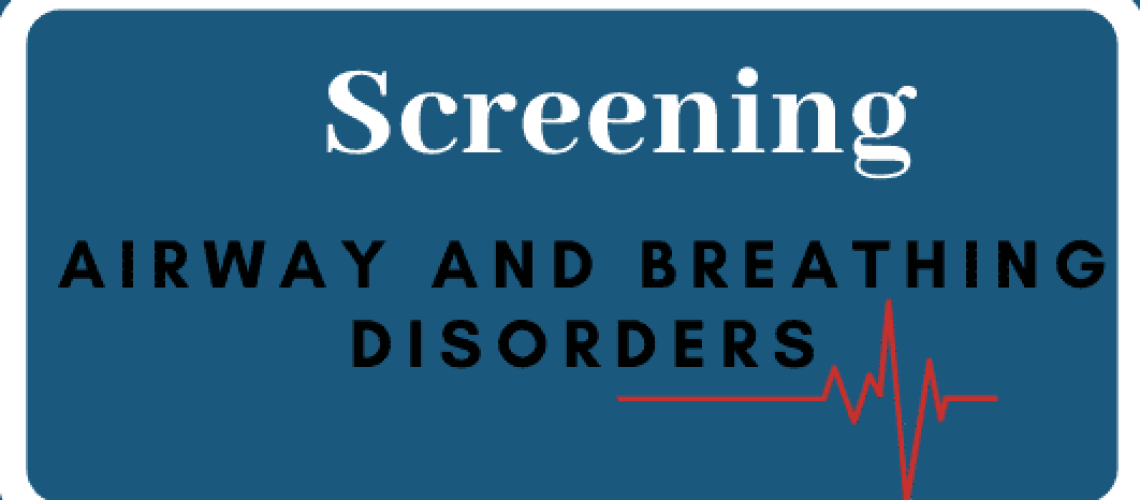
Are you screening patients for sleep-related breathing disorders per the recommended ADA policy? Below are a few examples of screening tools, both subjective and clinical/objective to use before the diagnostic process.
-Subjective Screening Methods-
Subjective forms such as STOP-BANG, Epworth Sleepiness Scale, and the Berlin Questionnaire are a great starting point for subjectively screening patients for snoring and sleep apnea.
-Clinical/Objective Screening Methods-
Objective visual signs seen chairside such as scalloped tongue, high vaulted palate, GERD, Bruxism. These are commonly seen in people with OSA.
Pulse oximetry for assessment,such as the GEMPro is an example of a monitor used to screen for airway issues, nighttime bruxism and the overall likelihood of obstructive sleep apnea. Note – this is not a diagnostic test – but used to determine if diagnostic testing is needed.
(Example)
Are you asking your patients about their medical and Medication history? By understanding your patient’s medical history, you are also piecing together the OSA puzzle. Diseases common in OSA patients include, Diabetes Type 2, Hypertension, cardiovascular diseases and stroke.
The Mallampati score is a simple test that can be a good predictor of obstructive sleep apnea. The classification provides a score of 1-4 based on the anatomic features of the airway seen when the patient opens his or her mouth and protrudes the tongue.
To learn more about screening methods used to identify patients who may benefit from Obstructive Sleep Apnea testing, join us in the classroom!